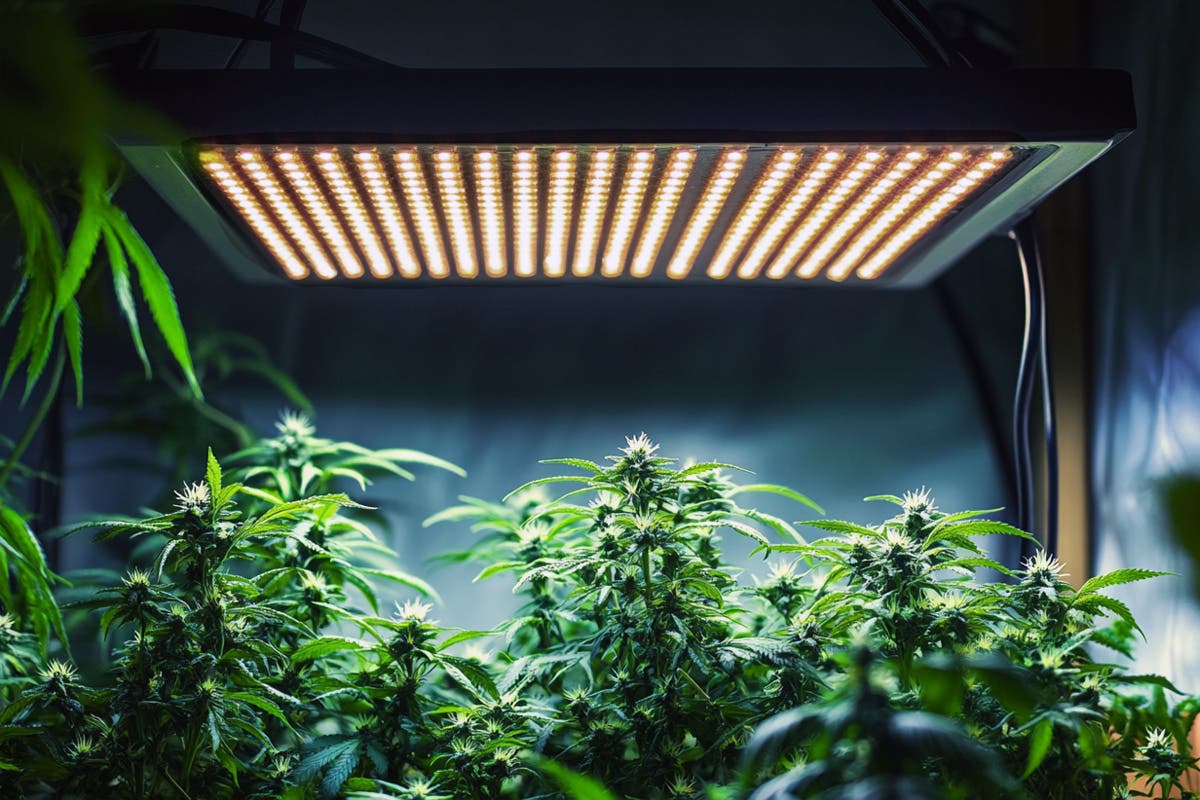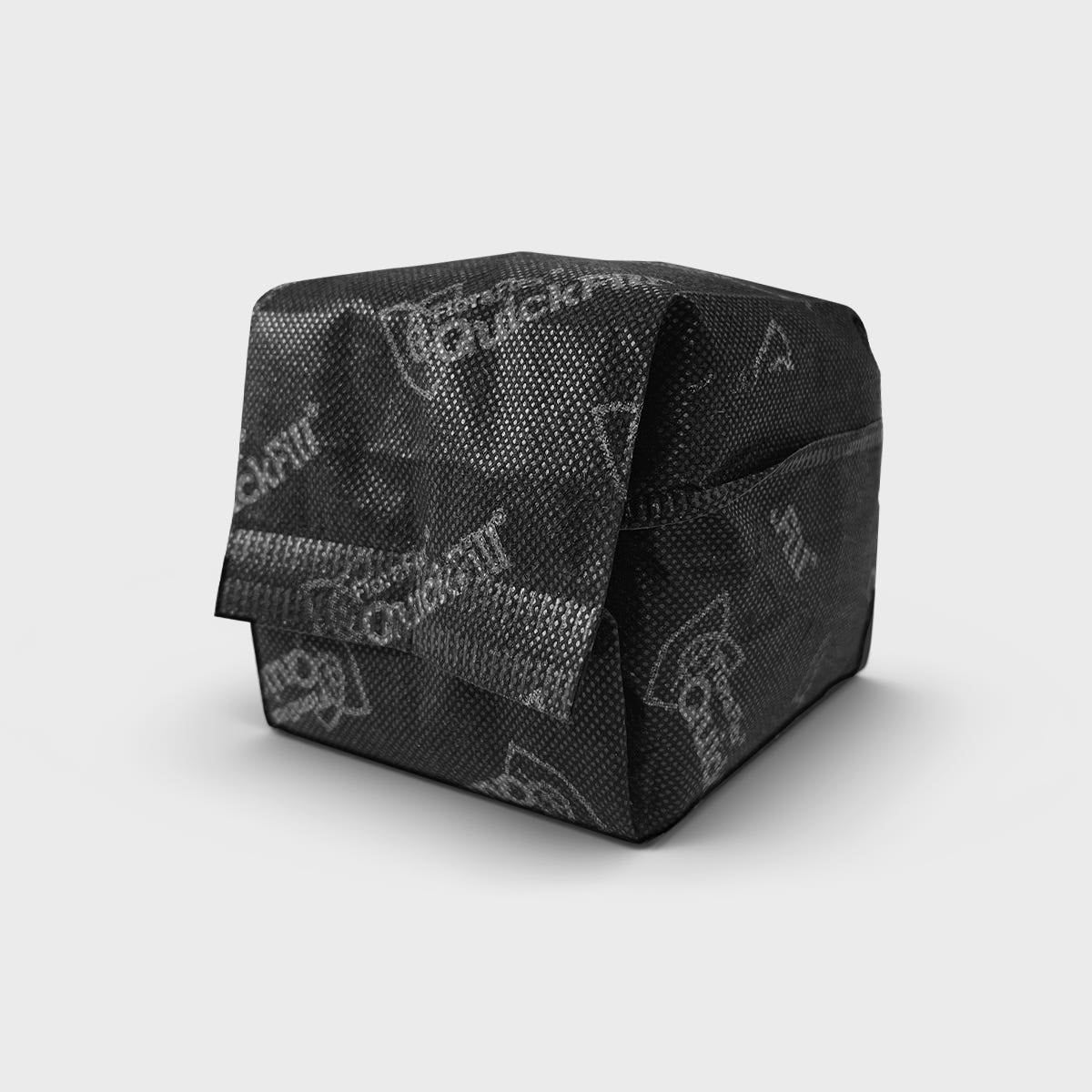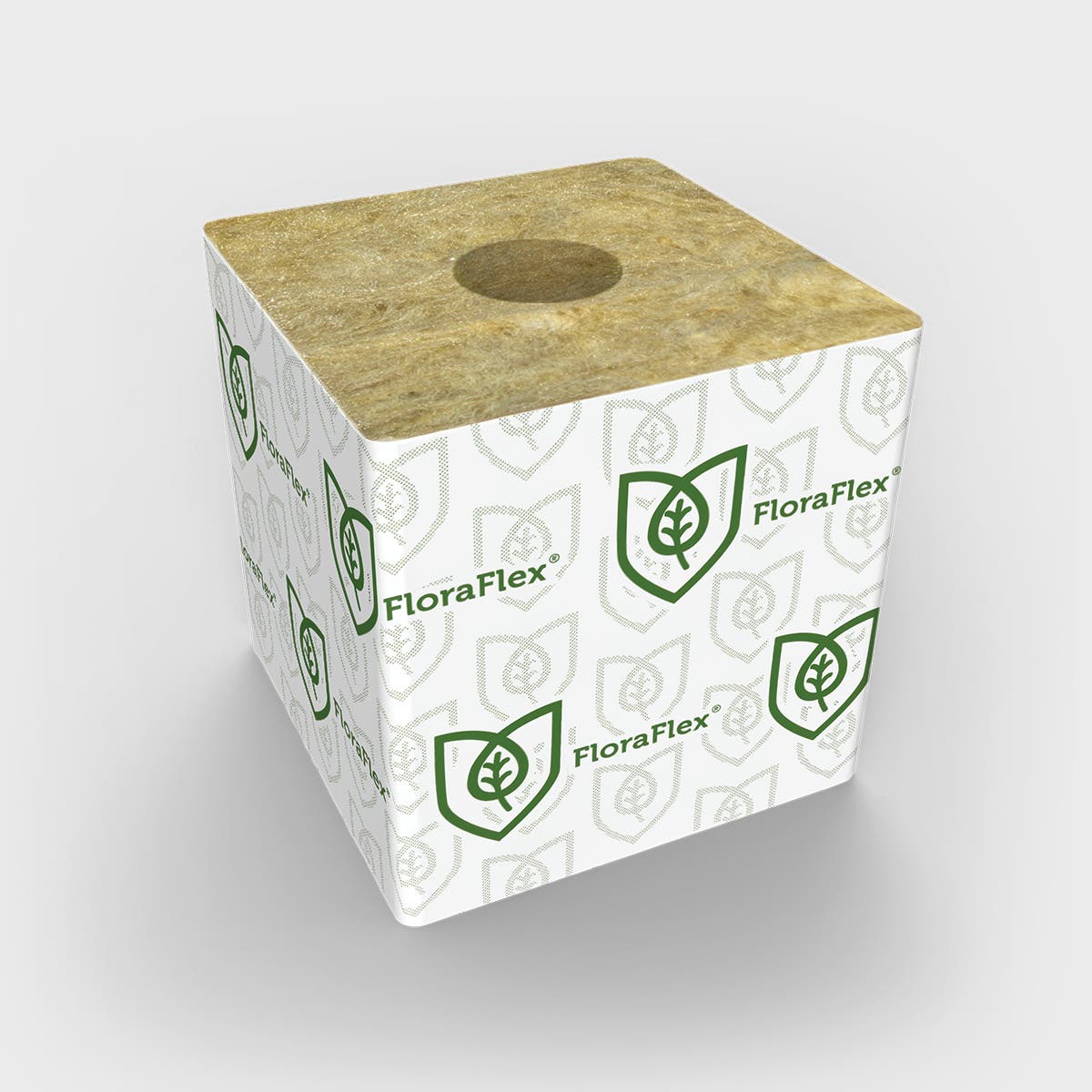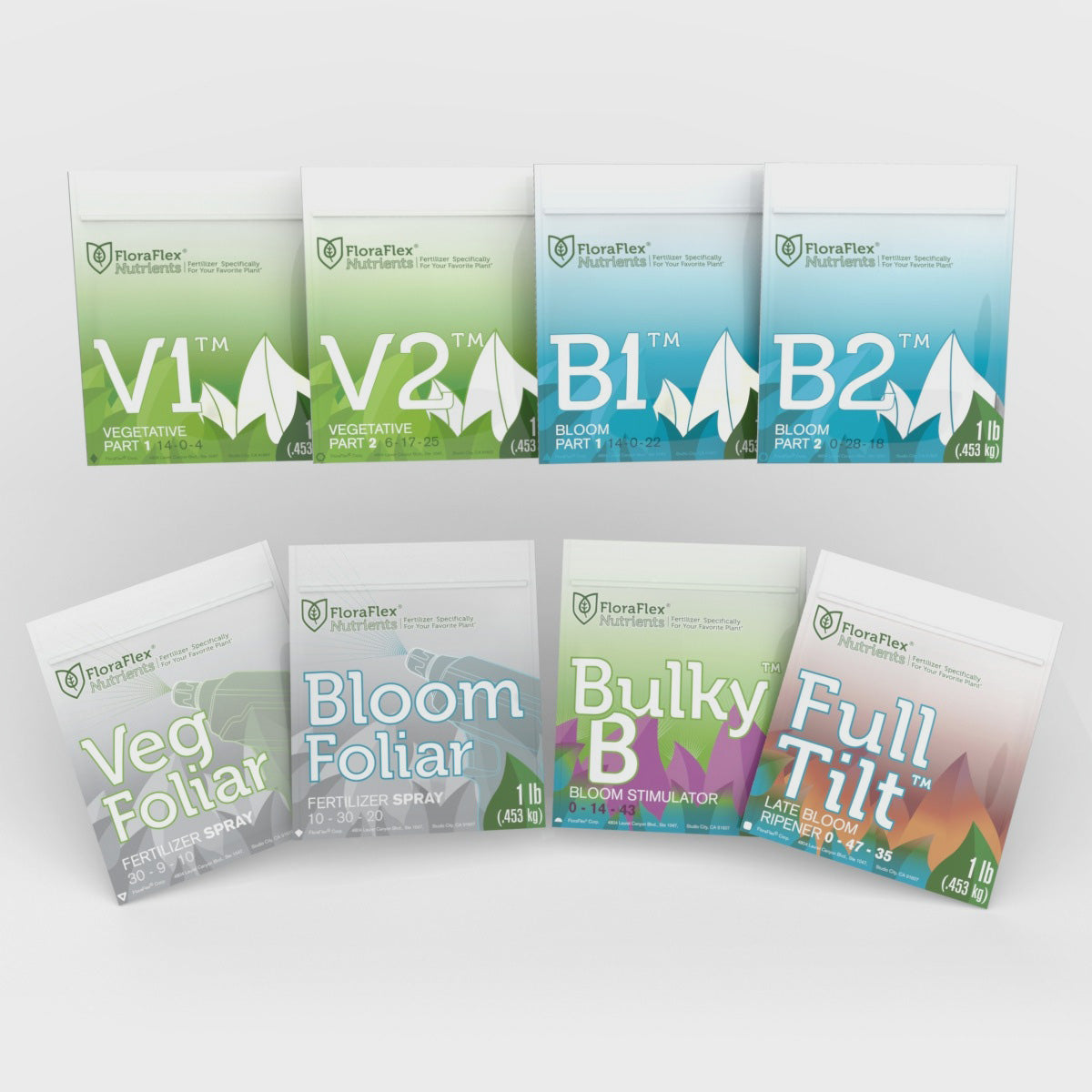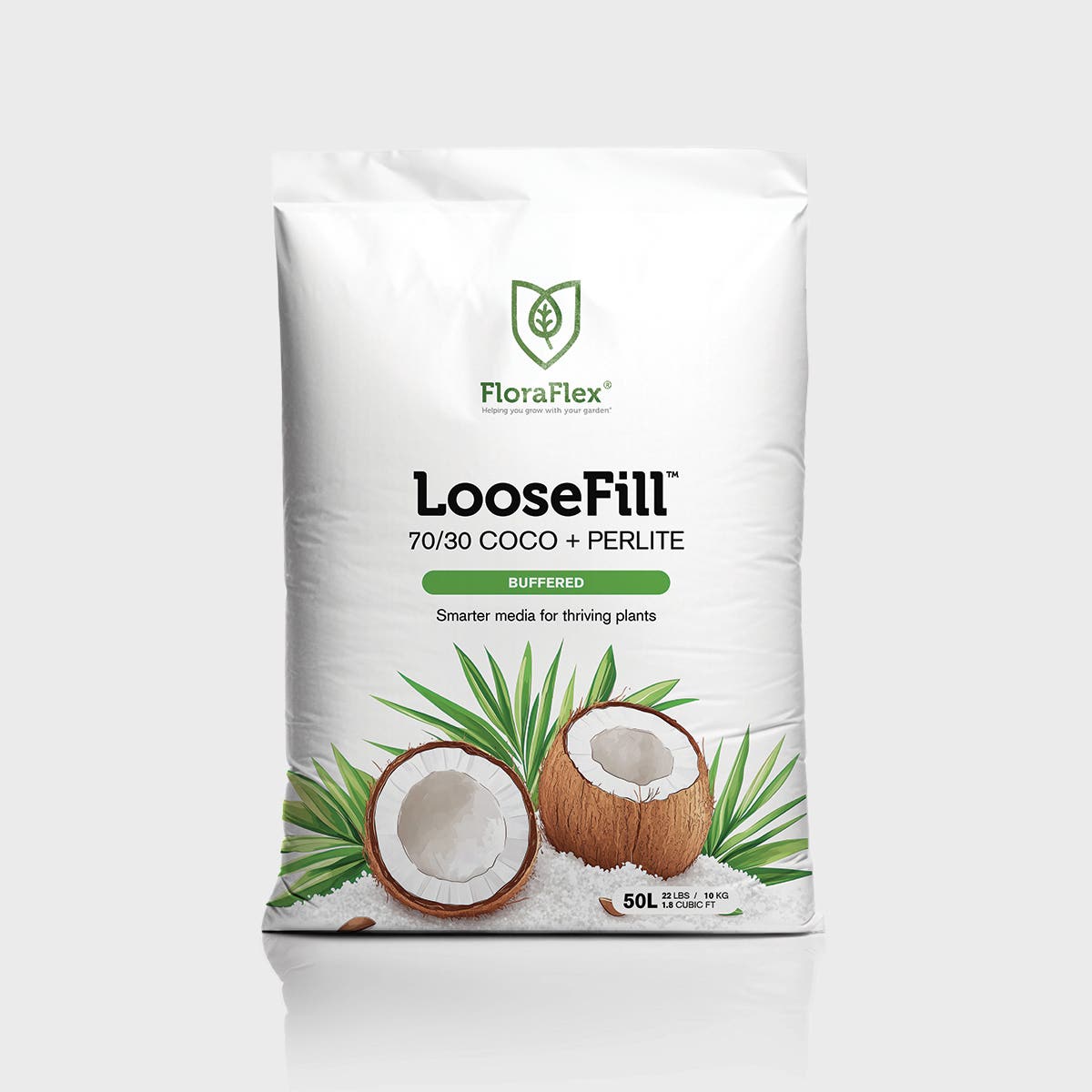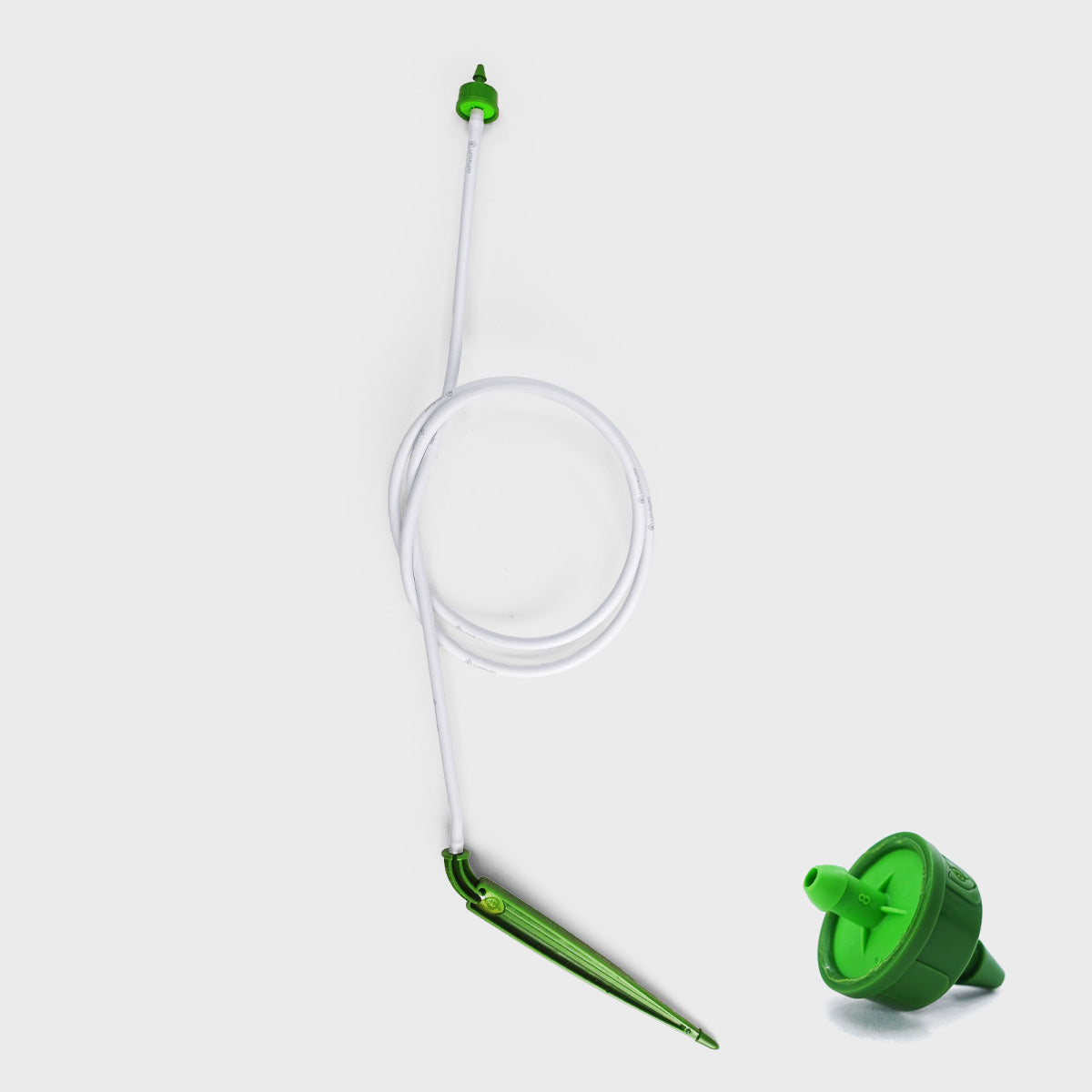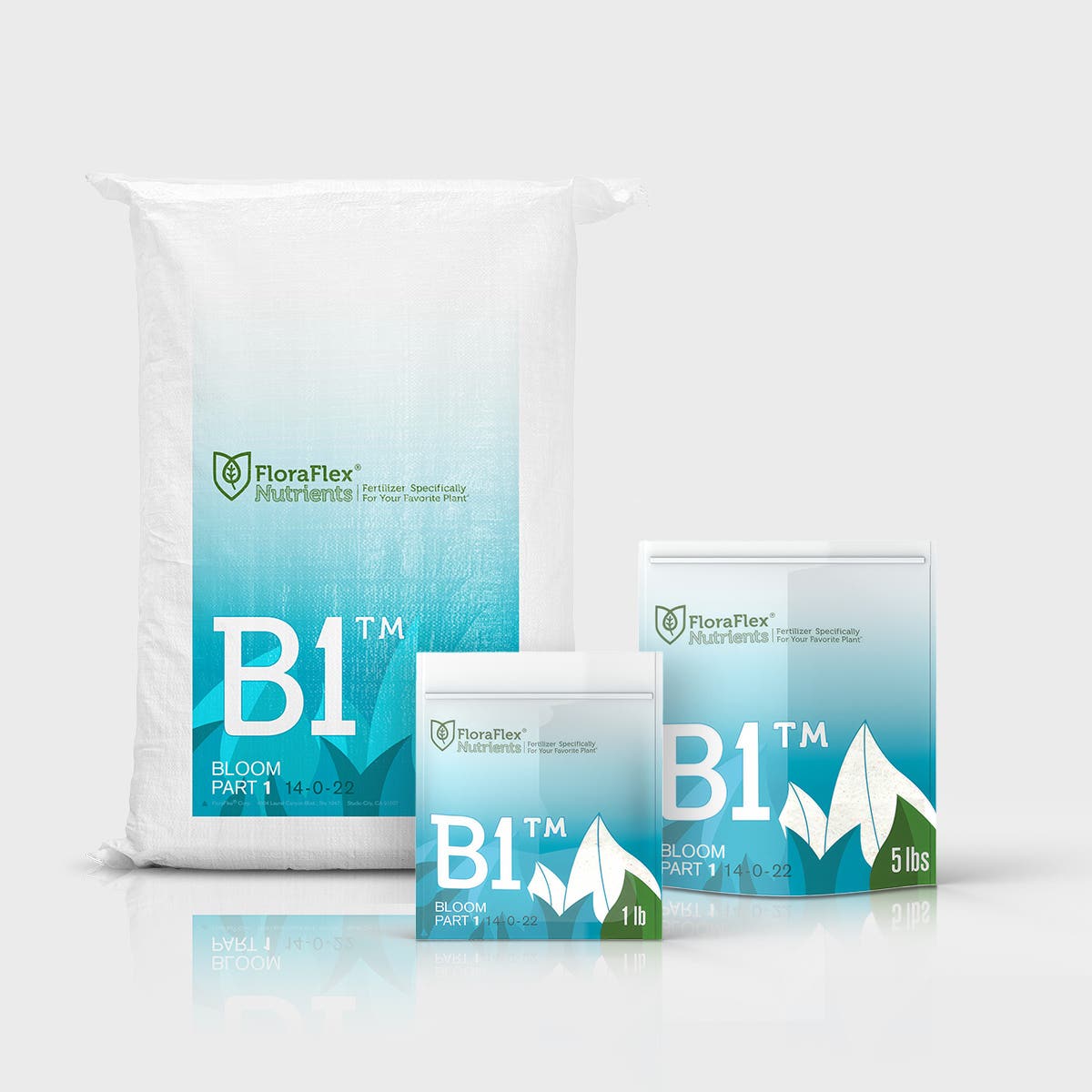{{widget type="Magento\Cms\Block\Widget\Block" template="widget/static_block/default.phtml" block_id="736"}}As the popularity of indoor gardening continues to rise, the question of whether any LED light can be used as a grow light has become a common inquiry among enthusiasts. The appeal of LED lights lies in their energy efficiency, longevity, and cool operating temperatures. However, when it comes to growing plants indoors, not all LED lights are created equal. Understanding the differences between standard LED lights and specialized grow lights is crucial for anyone looking to cultivate healthy and thriving plants.
Understanding LED Technology and Plant Growth
LED, or Light Emitting Diode, technology has revolutionized the lighting industry, offering a more energy-efficient alternative to traditional lighting options such as incandescent and fluorescent bulbs. LED lights work by passing an electrical current through a semiconductor material, which then emits light. This process is highly efficient, with very little energy wasted as heat.
For general lighting purposes, LED lights are designed to produce a broad spectrum of light, similar to natural sunlight. However, the specific needs of plants require more than just visible light. Plants rely on a process called photosynthesis to convert light energy into chemical energy, which fuels their growth. Photosynthesis primarily occurs within two regions of the light spectrum: blue (400-500 nm) and red (600-700 nm). These wavelengths are crucial for plant growth, influencing processes such as chlorophyll production, flowering, and fruiting.
The Difference Between Regular LED Lights and Grow Lights
While regular LED lights provide illumination that is suitable for human vision, they may not deliver the specific wavelengths of light that plants need for optimal growth. Grow lights, on the other hand, are specifically engineered to emit light at the precise wavelengths required for photosynthesis. This distinction is critical for indoor gardeners who want to ensure their plants receive the necessary light for healthy development.
Grow lights are designed to replicate the natural light spectrum, with an emphasis on the blue and red wavelengths. Blue light is essential for vegetative growth, encouraging strong, healthy leaves and stems. Red light, on the other hand, is crucial for the flowering and fruiting stages of a plant’s life cycle. Some grow lights also include additional wavelengths, such as ultraviolet (UV) and infrared (IR), which can further enhance plant growth and yield.
Why Not All LED Lights Are Suitable for Growing Plants
Using a standard LED light as a grow light can result in suboptimal plant growth. This is because regular LED lights often lack the intensity and spectrum needed to support photosynthesis. Without sufficient blue and red light, plants may become leggy, with weak stems and sparse foliage. Additionally, the absence of proper lighting can lead to poor flowering and fruiting, reducing the overall yield of your indoor garden.
Moreover, the brightness of a regular LED light may not be sufficient for plant growth. Grow lights are typically more intense, providing the higher light levels that plants need, especially during the flowering stage. The light output of a grow light is measured in micromoles per second (µmol/s), which indicates the number of photons of light emitted per second. For effective plant growth, a higher µmol/s value is essential.
The Importance of Light Spectrum in Plant Growth
The light spectrum plays a vital role in determining how plants grow and develop. Each wavelength of light has a specific effect on different stages of a plant’s life cycle. For instance, blue light promotes vegetative growth, while red light is key to flowering and fruiting. Understanding how different wavelengths affect plant growth can help indoor gardeners choose the right grow light for their specific needs.
Grow lights are often categorized by their spectrum, such as full-spectrum, dual-spectrum, and targeted spectrum. Full-spectrum grow lights are designed to mimic natural sunlight, providing a balanced mix of blue, red, and other wavelengths. These lights are suitable for all stages of plant growth, from seedling to harvest. Dual-spectrum grow lights, on the other hand, offer a combination of blue and red light, making them ideal for both vegetative and flowering stages. Targeted spectrum grow lights focus on specific wavelengths, such as blue or red, to support particular growth phases.
Advantages of Using Specialized Grow Lights
Specialized grow lights offer several advantages over regular LED lights when it comes to indoor gardening. First and foremost, grow lights are optimized for plant growth, providing the specific wavelengths of light that plants need to thrive. This ensures that your indoor garden receives the right type of light, leading to healthier plants and better yields.
Another advantage of grow lights is their intensity. As mentioned earlier, grow lights are designed to emit higher levels of light, measured in µmol/s, which is crucial for plant growth. This higher intensity allows plants to photosynthesize more efficiently, resulting in faster growth and higher yields. Additionally, many grow lights come with adjustable settings, allowing you to tailor the light intensity to the specific needs of your plants.
Grow lights are also designed to be more energy-efficient than regular LED lights. While LED technology is already known for its energy efficiency, grow lights take it a step further by providing the exact spectrum of light needed for plant growth. This means less energy is wasted on unnecessary wavelengths, reducing your overall energy consumption and lowering your electricity bills.
How to Choose the Right Grow Light for Your Indoor Garden
When selecting a grow light for your indoor garden, there are several factors to consider. The first is the type of plants you are growing and their specific light requirements. Different plants have different light needs, so it’s important to choose a grow light that provides the appropriate spectrum for your particular plants.
Next, consider the size of your indoor garden. The coverage area of a grow light is an important factor to consider, as it determines how much space the light can effectively illuminate. Some grow lights are designed for small spaces, while others are suitable for larger gardens. It’s important to choose a grow light that can adequately cover your entire garden to ensure all your plants receive enough light.
Another factor to consider is the light intensity, measured in µmol/s. Higher light intensity is generally better for plant growth, but it’s important to match the intensity to the specific needs of your plants. Some plants, such as leafy greens, may require lower light levels, while others, like fruiting plants, need higher intensity light.
Lastly, consider the energy efficiency of the grow light. While grow lights are generally more energy-efficient than regular LED lights, there can still be significant differences between models. Look for grow lights that offer high light output with low energy consumption to maximize your efficiency and reduce your electricity costs.
{{widget type="Magento\Cms\Block\Widget\Block" template="widget/static_block/default.phtml" block_id="785"}}
Common Mistakes When Using LED Grow Lights
Even with the best grow lights, it’s possible to make mistakes that can hinder the growth of your plants. One common mistake is placing the grow light too close or too far from the plants. The distance between the light and the plants is crucial for optimal growth. If the light is too close, it can cause light burn, damaging the plants. If it’s too far, the plants may not receive enough light, leading to weak growth.
Another common mistake is using the wrong light spectrum for the specific stage of plant growth. As mentioned earlier, blue light is important for vegetative growth, while red light is crucial for flowering and fruiting. Using the wrong spectrum at the wrong time can result in poor growth and reduced yields.
It’s also important to monitor the light cycle, as plants need periods of darkness to rest and metabolize. Most plants require a light cycle of 16-18 hours of light followed by 6-8 hours of darkness. Failing to provide a proper light cycle can stress the plants and disrupt their growth.
The Future of LED Grow Lights
As technology continues to advance, the future of LED grow lights looks promising. Researchers are constantly exploring new ways to optimize light spectrums for different types of plants, leading to even more efficient and effective grow lights. Innovations in LED technology are also making grow lights more affordable, allowing more people to enjoy the benefits of indoor gardening.
One area of research is the development of tunable LED grow lights, which allow users to adjust the spectrum of light to match the specific needs of their plants. This level of customization can lead to even better growth results, as plants receive the exact wavelengths they need at each stage of their life cycle.
Another exciting development is the integration of smart technology into grow lights. Some modern grow lights come with features such as remote control via smartphone apps, automated light cycles, and energy consumption monitoring. These smart features make it easier than ever to manage an indoor garden and optimize plant growth.
Investing in the Right Grow Light
In the world of indoor gardening, the importance of proper lighting cannot be overstated. While regular LED lights may seem like a cost-effective solution, they often fall short in providing the necessary spectrum and intensity of light that plants need to thrive. Investing in a specialized grow light is essential for anyone serious about indoor gardening. With the right grow light, you can create an optimal growing environment, leading to healthier plants, faster growth, and higher yields.

